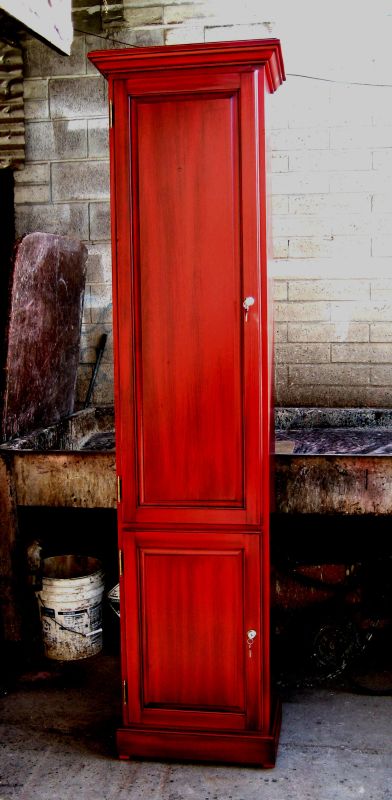Reclaimed Heart Pine Bleeding
Trouble starts when heat brings out the sap in resawn antique pine used for a table top. Here's advice on sealing the surface.December 9, 2010
Question
I'm in the process of finishing a large dining table. The top is reclaimed heart pine resawn from old beams. I used a torch to burn the wood, then wire brushed it to create a weathered look, and then lightly sanded. Then a coat of dark gel stain followed by scraping wear areas. Next I applied a coat of lighter stain to add to the worn look.
This is all being done in the Alabama heat of 95+ degrees. This morning I went into the shop expecting to start the first coat of urethane, only to find that in many areas, sap is bleeding through. One thread here said to remove sap with alcohol, then a coat of shellac, then finish. Or should I try and find a way to set the sap? Help! I have a potential buyer for this and don't want to sell a product that is going to cause problems!
Forum Responses
(Finishing Forum)
From contributor C:
I have come across this problem before and sealing the surface with shellac helped. I would seal it after the stain so the shellac doesnít inhibit the stain absorption. If you did this to the table top, you should try and remove the stain and any layers you put on it so far, so you can start with a clean surface.
I have heard there is a method for removing sap from wood but canít recall how this is done (heat?). It could be the heat and the use of the blow torch bringing the sap to the surface.
I try to buy my softwood lumber during the spring or late winter if possible, because when cut in the summer/warmer months, the sap is up. If harvested during the winter, the sap recedes to the lowest portions of the tree.
From contributor U:
How long after torching are you waiting before applying the gel stain? When you are rubbing through for the worn look, are you just removing the gel, or digging back into the substrate? Do you wipe the wood with anything before staining? Is it bleeding across the entire piece or just in the sanded and wire brushed areas? Have you tried wiping it with mineral spirits after the distressing? If so, what does the surface feel like? A coat of vinyl sealer before staining might help. MLC sells an Exotic Wood Sealer, but I've only used it on somewhat oily woods, and it is pretty expensive, as well as product specific with reducer/catalyst/pot life. Great stuff though.
From the original questioner:
I think I've worked it out. The bleeding wasn't over the entire piece. Yesterday I wiped it down with denatured alcohol, and today it looks fine, no more bleeding, so I'm about to put on a coat or two of clear shellac. Then I'm going to leave it set for a day or two to see that there's no more sap bleed. Then hand rub a few coats of varnish.
From Professor Gene Wengert, Sawing and Drying Forum technical advisor:
As suggested, the heat allows the sap to move toward the heated area. The more heat used, the more sap will move. When drying wood, we go over 160 F to evaporate the sap that would be liquid at room temperature, but if the wood is used in a warm location, the sap can flow again. In other words, heat is almost always an issue except for high temperature dried wood. If you now remove the sap with alcohol, it will not return unless heated again. But a shellac sealer is an added safety step.
